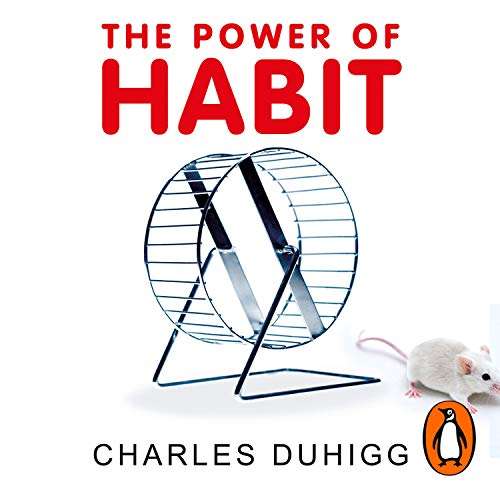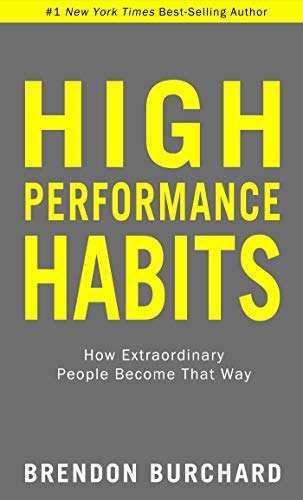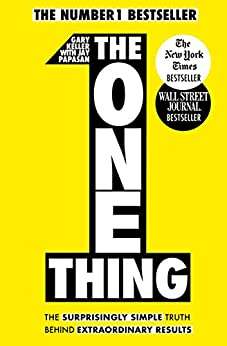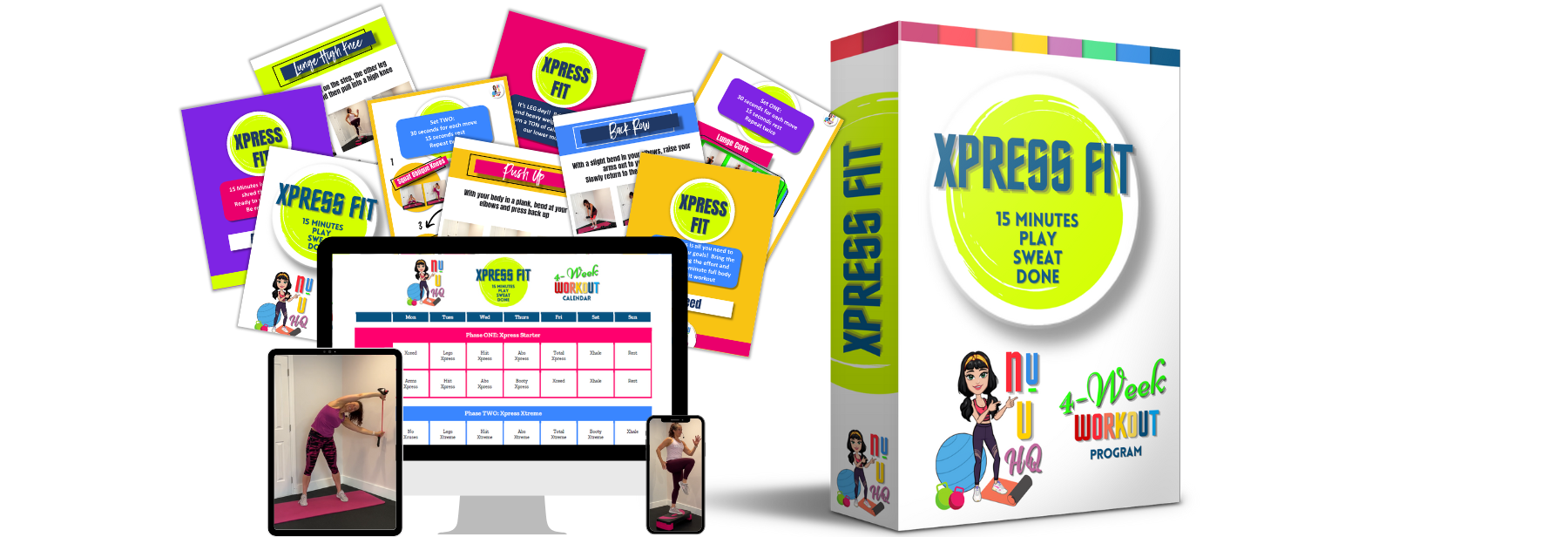“Motivation is what gets you started. Habit is what keeps you going.”
About 90% of all coronary bypass patients have not changed their lifestyles 2 years after their surgery. Why? Is it because of a lack of motivation? Lack of knowledge? Or is it that they don’t believe that they can change?
We all have something in our lives we would like to change. Most of us have tried, often many times, and “failed”. I want to give you practical ways and tips for a successful lifestyle transformation.
Step 1
Figuring out the problem and your values - what and why
First, you must figure out and recognise the problem. For a thing to turn into a problem, it must cause some kind of inconvenience in our lives.
For example, being overweight. As long as being overweight doesn’t cause us any harm (social, mental or physical) the subconscious doesn’t see a need to use any valuable time or energy to solve the problem.
There must be strong enough stimuli attached to the problem. Most often it is the diagnosis of a new illness, the death of a parent from the same illness, decline in quality of life, social stigma, or the fear of the future. Everyone must find the most important “why” – the most important reason why something must be done.
Step 2 - Change in mentality
Support the change of the way you think by learning from those who have succeeded.
The subconscious must be made to believe that it is possible before a big step is taken in a lifestyle change. Most changes are left “stuck” in this step because we do not really believe that we could do it. We imagine the change in our heads; of a big, scary, difficult, and almost impossible challenge.
For our lives to change for the better, we have to believe that it is possible. The best way to do this is to get to know people who have succeeded in the change – either personally or by reading their stories.
“If they could do it, I can do it too!” is most often a good enough motivation to go to the next step.
Step 3- Increase your knowledge
Search for more information from different sources.
Before we can successfully start a big change in our lifestyle, we must have enough theoretical information about the subject. Without knowledge, we get stuck in the beginning, and then we lose our motivation and way.
Luckily, you can obtain information in many ways, however you should be skeptical about some sources of information.
Find reliable information. For example – discuss with people who have succeeded, or join Facebook groups.
If you want to delve deeper into the subject, buy a book about it. Reading always pays off. The problem is that people get stuck on the “paralysis of analysis” and are unable to take the next step.
Step 4 - Replace old habits with new ones
An excellent book “The Power of Habit” by Charles Duhigg highlights how important it is to find new habits to replace old and unwanted ones.
Immediately quitting an old habit hardly ever gives permanent results. We have to analyse openly and reliably the habits which prevent us from reaching a state that we are striving for.
Replacing old habits with new ones is an incremental process and a setback is usually caused by trying too many things at once. Preferably replace 15 minutes of TV with 15 minutes of reading or one cigarette a day with a 5-minute walk.
According to Duhigg, small changes eventually cause big changes for other aspects of life. Small positive results give motivation to us to keep on going and developing. Patience is the key.
Step 5 - Prepare for failure
Do you feel that you always fail when you try? Failure is a part of the process.
You must prepare for it. If we avoid it and just concentrate only on success, we burn out and crash.
It is particularly important to accept setbacks and failures beforehand. Because every process of change includes setbacks and outright failures.
Dieters, entrepreneurs, alcoholics, and kids’ parents know it.
Therefore, we should not accept the word “failure” because every error or setback is an experience – a possibility to analyse and learn. It is a part of a change. The road to our goal is not straight. If we accept that, forgive ourselves, we will rise faster and continue our lifestyle change.
Step 6 -The change continues
Follow key indicators of the change and prioritise.
In the book “High-Performance Habits” Brendon Burchard says that people who monitor their process regularly succeed 2,5 times more likely in their goals. Monitoring motivates them to stay in their goals and prioritise their energy.
I monitor my weight and caloric intake almost every morning because without that I would forget how important of a process it is to me.
The other principle in a continuous successful lifestyle change is prioritising.
It is an outright impossibility for the modern person to fit “all of the important things” in a 16-hour day.
In his book, “The One Thing”, Gary Keller teaches that in every aspect of life one most important thing must be determined that takes all of our attention and time because otherwise, we have a lot of things that are not achievable.
I am not much of an advocate of “a balanced life” since I know how many secondary things must be left undone to achieve goals.
Life is full of cruel prioritising.
Step 7- Failure - accept it!
“Failure” again? No, it is not a bad joke or a mistake in the text.
I want to highlight that in all processes of change, everywhere where something better is the goal, “failures” are inevitable. Despite how many times we fall down, we have to get up.
A small amount of obsession is a good thing. Most of us know the feeling of feeling so excited about something that we cannot think about anything else.
I give myself the freedom to obsess about big goals because I know that it will help me through more difficult times. Grant Cardone says in his book “Be Obsessed or Be Average”, that obsession is a necessity if you want big results and otherwise, results are mediocre or nonexistent.
Step 8- Permanent change
Develop permanent systems and routines and improve them.
In the book “The Power of Habit” Duhigg tells how habits are formed and how they work. When you are learning how to drive a car, you must constantly notice the speed, steering wheel, traffic signs, gears, and pedals. After a month or two these thigs come automatically. But how?
Our brains learn to move repeating tasks into our subconsciousness so that they do not require constant notice and energy from us. The same happens with lifestyle changes. Healthy eating, regular exercise and bedtime become automatic after a few months. There are bound to be setbacks, nothing is 100% permanent, but in this step following the habit is already significantly easier.
Success happens every day when you decide to change.











